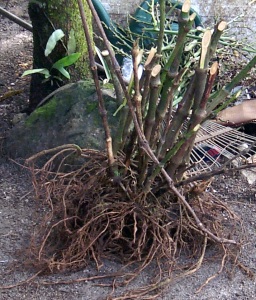
Piper methysticum (sakau). Note that the highest concentration of kavalactones is in the smaller roots that branch off of the main core root stump.

Pounding the sakau.
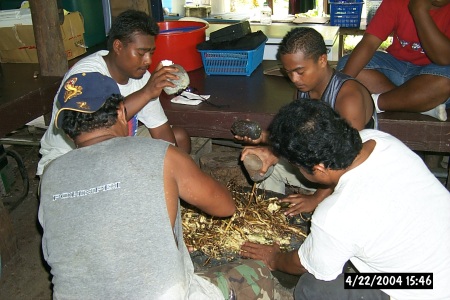
A stone on which sakau is pounded. Called a peitehl (bay-jel) here on Pohnpei. Some stones are for "everyday" use, others may be reserved for use only when chiefs are present. The stones can be very old, passed down from generation to generation.
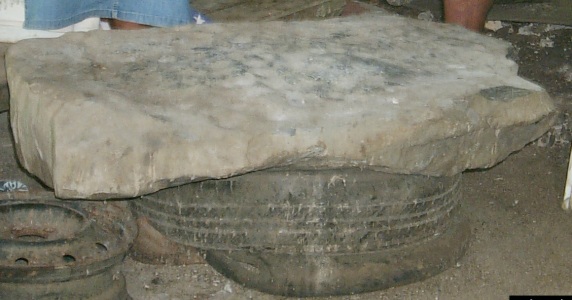
Preparing the sakau for squeezing (wungwung).
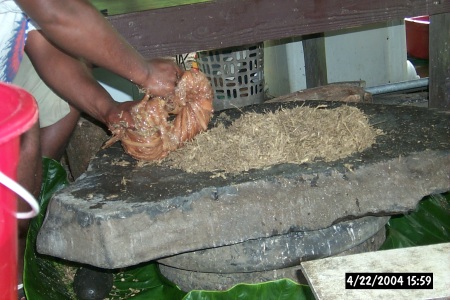
The second squeeze - the reverse twist. The wrap is made of the inner bark of Hibiscus tiliaceus. The inner bark contains polysaccharides, long chain sugar molecules. The result is a thick, slimy, drink with the consistency of mucous.
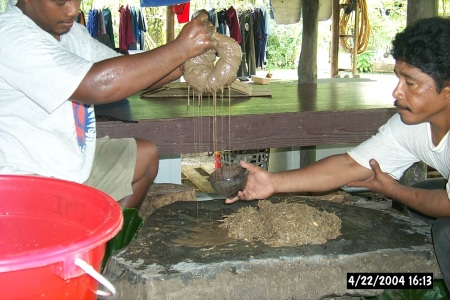
A four stone layout inside the nahs (traditional Pohnpeian ceremonial house). Note the error: a student placed a backpack on the peitehl. This was removed. Nothing should be placed on the peitehl other than sakau and kohlo (the hibiscus wrap). These days the stone can be covered between uses.
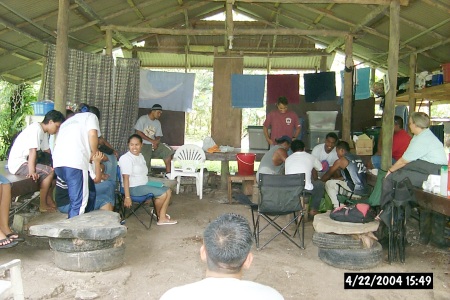
Pictures of the class at the cultural ceremony.
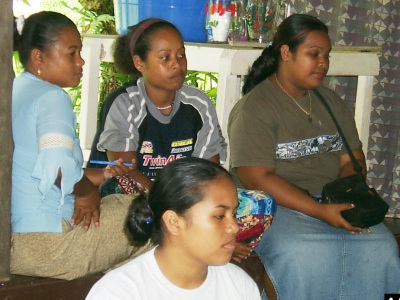
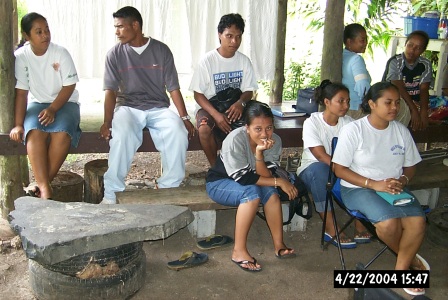
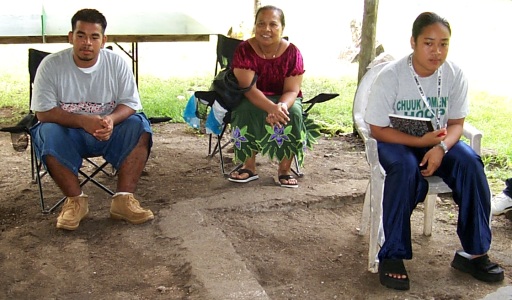
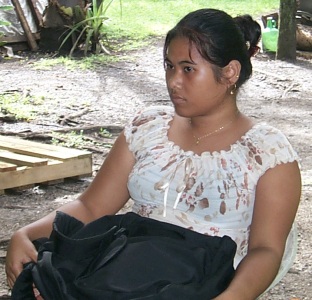
Ethnobotany • Courses • COMFSM